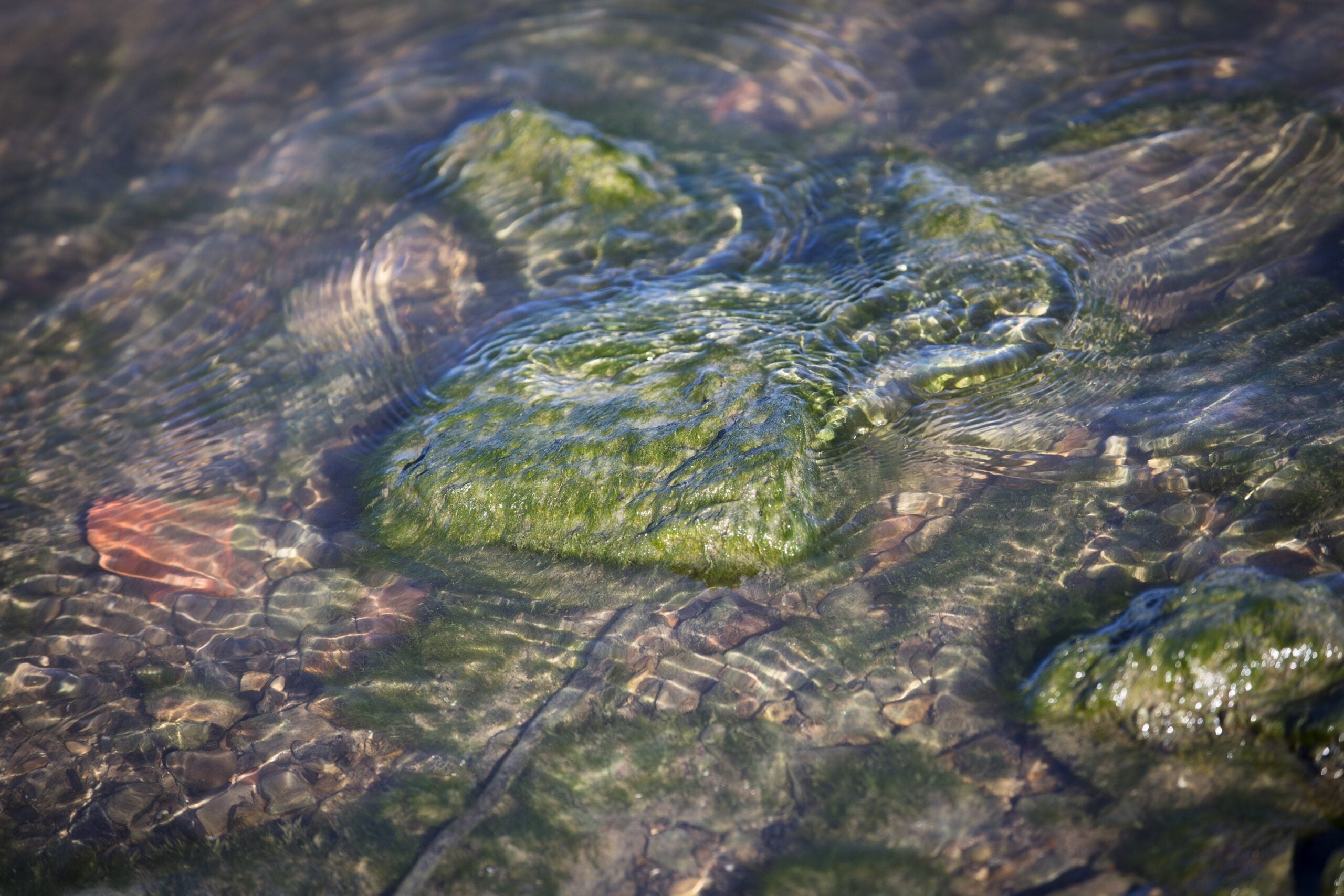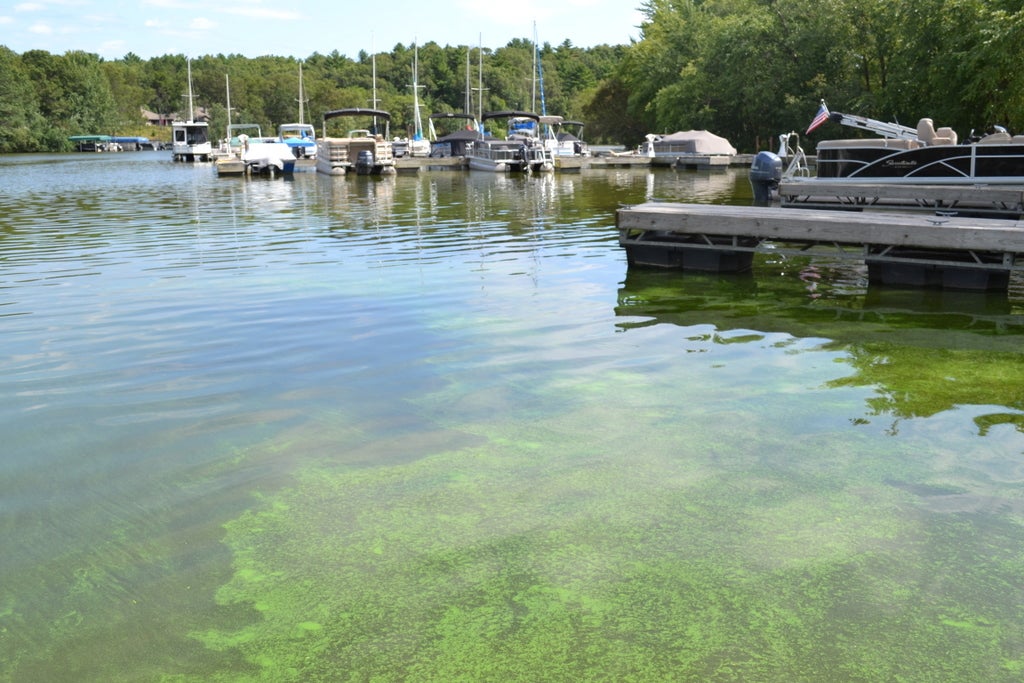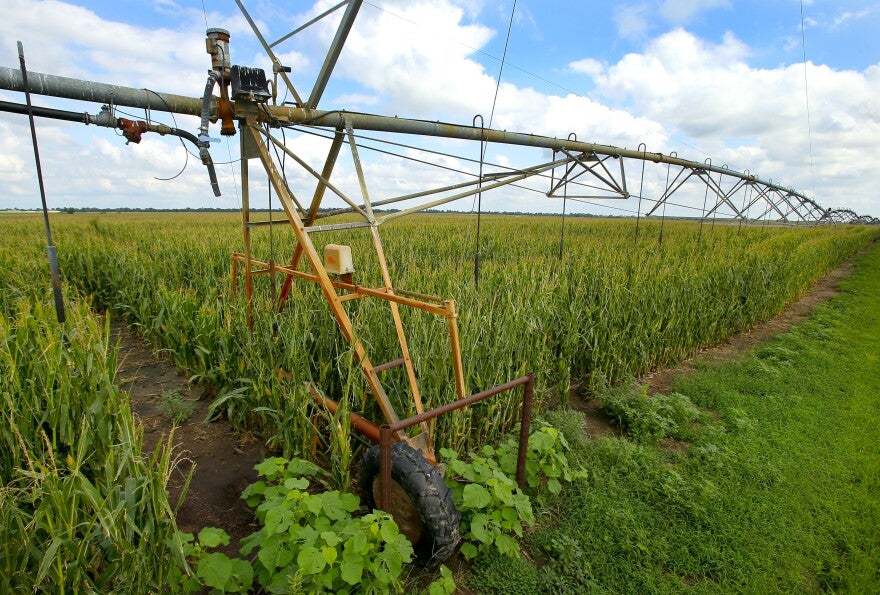There may be a way to prevent harmful blooms of algae in some lakes or reservoirs, according to a new study.
Researchers from the University of Wisconsin-Madison Center for Limnology and scientists from three other universities gradually spread phosphorus and nitrogen in a small lake in Michigan.
The team compared the lake with two others and found they could collect data predicting when a rapid growth of algae and loss of oxygen were coming.
News with a little more humanity
WPR’s “Wisconsin Today” newsletter keeps you connected to the state you love without feeling overwhelmed. No paywall. No agenda. No corporate filter.

Peter Lake, left, and Paul Lake, right, were the lakes used in the study on algal blooms. Peter Lake was the experimental lake and Paul Lake was the control lake used in the study. Photo Courtesy of Steven Carpenter.
Previously, algal blooms could only be forecased a few days in advance, said Center for Limnology Director Steve Carpenter, who co-authored the study.
“We found that we could get predictions two weeks to about six weeks in advance of the bloom, which is a significant improvement,” Carpenter said.
Researchers also found when they halted the nutrients – phosphorus and nitrogen – the algae growth quickly declined.
“That if we acted on the predictors – so the predictors give us a signal that a bloom is coming – and we stop the nutrient input, we were able to prevent the bloom,” Carpenter said.
Harmful algal blooms can occur when nutrients such as phosphorus and nitrogen trickle into the water from places like farms or lawns and increase the amount of algae in the water.
The study may not lead to stopping algal blooms in large lakes that receive excessive nutrients from a large number of sources, including manure runoff from farms. But Carpenter said the findings could help managers of drinking water reservoirs take short-term measures to reduce phosphorus input, or know when a big amount of nutrients is about to trigger a bloom and switch to a different water supply.
The study is published in the journal Proceedings of the National Academy of Sciences.
Wisconsin Public Radio, © Copyright 2025, Board of Regents of the University of Wisconsin System and Wisconsin Educational Communications Board.







